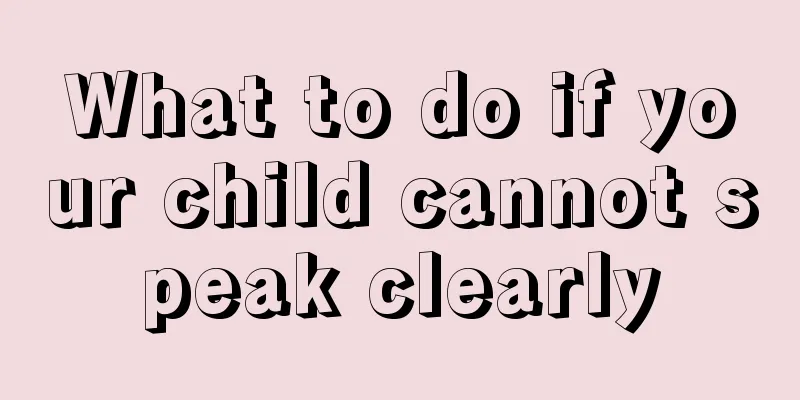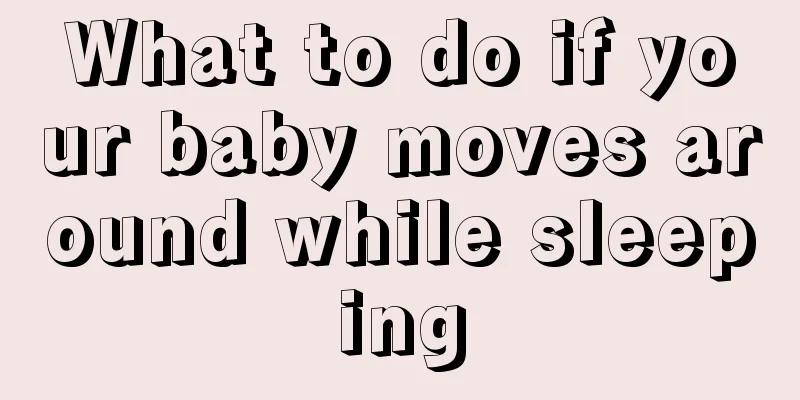What are the symptoms of a rash in children?

|
Generally, children will have a fever for several days before developing a rash, with a high fever between 39 and 40 degrees. After the fever subsides, rashes will appear all over the body. However, the rash will subside soon and will not have much impact on the body. It will not occur again after it occurs once, so there is no need to worry too much. symptom: The baby first has a high fever that lasts for 3 to 4 days, with a body temperature between 39 and 40 degrees. After the fever subsides, a rash quickly appears all over the body, and the rash disappears quickly, without desquamation or pigmentation. These babies also had fever 3 days before the rash appeared, and the fever could be quite high, but the cold symptoms were not obvious. Their spirits and appetite were still good. Their throats might be a little red, and the lymph nodes in the neck and occipital region could be felt but without tenderness. There were no other symptoms or physical signs. When the body temperature is about to subside or has already subsided and a rose-red rash appears all over the body, people suddenly realize that the roseola infantum is almost over. Roseola infantum has no effect on the baby's health, and once it occurs, the baby will be immune for life. reason: There are many reasons for rashes. If you have a continuous high fever, and it doesn't go away even after taking medicine, and you have red rashes all over your body, it's a disease called "roseola infantum", which is viral. It will heal when it spreads all over your body (this is limited to babies around six months old). If it's not this, consider whether you have eaten allergic food and look for the allergen. If there is no allergen, consider whether it's too hot, wear less or take a cooler bath. If it still doesn't work, see a doctor. Care: ?Let the child rest. The ward should be quiet, the air should be fresh, and the quilt should not be too thick or too many. ?Keep the skin clean and hygienic, and wipe off the sweat on your child's body frequently to prevent him from catching a cold. ?Give your child plenty of boiled water or fruit juice to promote sweating and urination, and promote the excretion of toxins. Eat a liquid or semi-liquid diet. ?When the body temperature exceeds 39 degrees, you can wipe the child's body with warm water or 37% alcohol to prevent convulsions caused by high fever. ?When the baby is crying, parents can coax the baby, pat the baby's body, or hold the baby to comfort him, so that the baby will gradually calm down. At the same time, parents should touch the baby's back. Generally, babies sweat a lot during the recovery period, so it is important to keep their clothes dry. |
<<: What to do if your child has a severe cough
>>: How to treat children’s gastroenteritis?
Recommend
Drugs to improve children's immunity
The baby's growth and development should have...
Things to note when changing teeth
Children will change their teeth when they reach ...
Can a 10-month-old baby eat grapes?
Babies' diets need to be diversified, and eat...
Which cold medicine is better for children?
I believe every child is someone that his or her ...
Exercises to help children grow taller
As children grow up, height is the most important...
What are the signs that your baby is not full?
Generally, when parents are taking care of their ...
What to do if your one month old baby has diarrhea
Diarrhea in babies is a common problem. Different...
Children's stool color
We all know that the color of children's stoo...
Causes and care of baby's stuffy nose
Many babies will have nasal congestion. In this c...
How to tell if your baby is full?
When feeding, you will always find that the baby ...
Causes of white spots on children's fingers
Many people do not take changes in nails seriousl...
How to treat hemangioma on baby’s head? Treatment of hemangioma on baby's head
Hemangioma is also common in infants' heads. ...
How to arrange diet for a four-month-old baby with bronchitis
It is common for babies to get bronchitis at four...
What is the pathogenesis of childhood follicular lymphoma?
Children have a very high status in today's s...
What to do if a girl's urethra is red and swollen?
In addition to paying attention to diet and physi...









